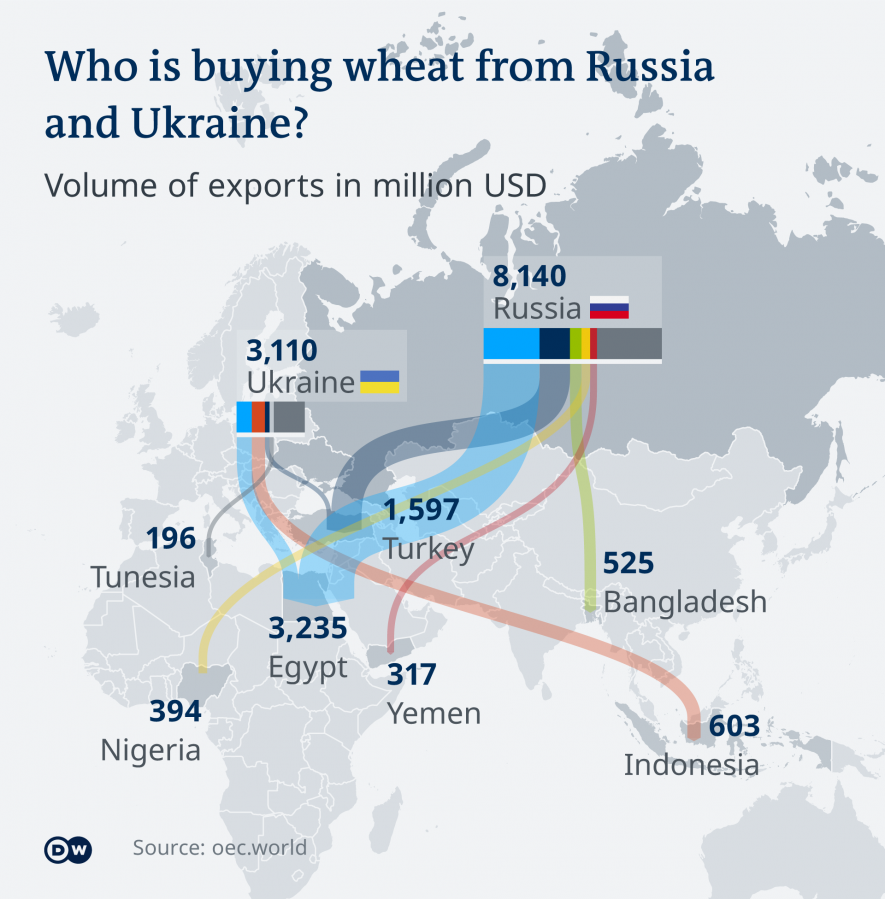Table of Contents
Introduction
Despite being fought in Ukraine, the Russia-Ukraine war is being heavily funded by the United States. As a result, it wouldn’t be inaccurate to refer to this as a confrontation between the US and Russia. Since the start of Russia’s invasion of Ukraine in February 2022, the United States has maintained a strong stance on the country and the geopolitics surrounding it. The United States recently provided Ukraine with its last of aid during the war. Artillery and air defence weapons are included in this.
Kiev, however, has stated that given their already limited resources, their war effort is seriously at risk in the absence of assistance from the West. Due to Russia’s superior military and economic power over Ukraine, the war with Russia poses a challenge for Ukraine.
But since there are no signs that the war will end soon, the Americans may change their minds about Ukraine, especially in light of the large sums of money that were raised earlier this century for the war efforts in Afghanistan and Iraq.
Due to Russia’s superior military and economic power over Ukraine, the war with Russia poses a challenge for Ukraine. Congress has now placed a hold on additional funding for Ukraine, which could cause relations to deteriorate and give the impression that the United States is no longer the world’s go-to source for net security. Furthermore, NATO may not be able to effectively stop further Russian expansion in Eastern Europe due to a lack of credibility brought about by the lack of both financial and hard military support.
The mainstay of the security framework is American military might; other than the UK and France, most NATO members lack the military might and nuclear deterrent necessary to defend their borders from a hypothetical Russian invasion.
Position of the European Union
The European Union’s current stance is likewise not unique. While some EU members are opposed to this move, countries like Germany want to keep arming Ukraine. The issue of whether to continue US aid to Ukraine, which also depends on the party winning the US elections in 2024, is one reason why the EU has not been able to come to a consensus.

Without US backing and with US funding on hold, the EU’s support for Ukraine is likewise less resolute. A further risk of oscillation in US policy is the impending elections.
The American stance on Ukraine, Congress’s difficulty approving war funds, and the impending election in which Donald Trump may win the presidency again have all complicated Europe’s position on this matter. This might mean that the Democratic position on Ukraine is reversed.
As a result, the EU appears to be hesitant in certain areas. The Germans have also maintained that other European nations must contribute to the aid effort. This indicates tensions over funding sources once more, and it may also be because some countries are considering Russia’s views towards them.
Consequences on Ukraine
Due to its reliance on US, EU, and other national military aid to improve its capabilities, Ukraine will suffer if the USA decides to stop funding it. Its capacity to build military hardware and infrastructure will also be hampered by a funding stop, and eventually it won’t be able to conduct large-scale operations.
Lack of funding will make it harder for Ukraine to keep control and defend its territory, which will have an impact on how the EU and NATO, two international organisations involved in the conflict, stand. Additionally, Russia may try to stop the war by opening the front more forcefully and aggressively.
Effects on US Presidential Elections
The decision to halt funding will have an adverse effect on Joe Biden’s performance in the 2024 presidential election. The United States’ decisions have steadily undermined its worldwide hegemony since 2020.
The initial move was to financially assist Ukraine while imposing sanctions on Russia in the hopes that this would collapse Russia’s economy and end the conflict within a year. This did not go according to plan.
Rather, Russia came up with a different plan, selling China and India massive amounts of crude oil in addition to raw diamonds. Signing the Doha Agreement to remove all foreign forces from Afghanistan is the second step. The third step is to combat the terrorist groups Hezbollah in Lebanon and the Houthis in Yemen, which are supported by Iran, as well as the Red Sea hijackings of merchant vessels that have caused them immeasurable losses.
Impact on Asia and West Asia

Although the impact on Asia would probably be indirect, it could still have an impact on regional dynamics. One sure sign of this would be an increase in inflation and a sharp rise in the price of petrol and oil. The Philippines and Indonesia are most at risk from a disruption in wheat supplies because Ukraine has been the main exporter of wheat and maize. In addition, supply chain disruptions related to the import of fertilisers, iron and steel, coal, and agricultural products will drive up prices.
West Asia is experiencing an ongoing conflict between Israel and Hamas, so the impact of war there does not subvert regional dynamics.
On the other hand, there has seldom been an increasingly autonomous development in international relations. However, the traditional powers of Europe, Russia, and the US are losing ground, so these nations stayed impartial in the conflict between the US and Russia. The majority of countries work to keep relations and positions balanced while enacting policies that serve their interests.
However, the conflict has led to an increase in fuel prices and food insecurity, and as the politics surrounding this conflict change, this is having an impact locally on Asian countries.
Lack of funding will have severe repercussions for Ukraine, including humanitarian crises, additional economic collapse, instability in the region, etc. In addition, the focus should be on reducing the conflict through international cooperation in addressing its underlying causes and fostering constructive communication.



